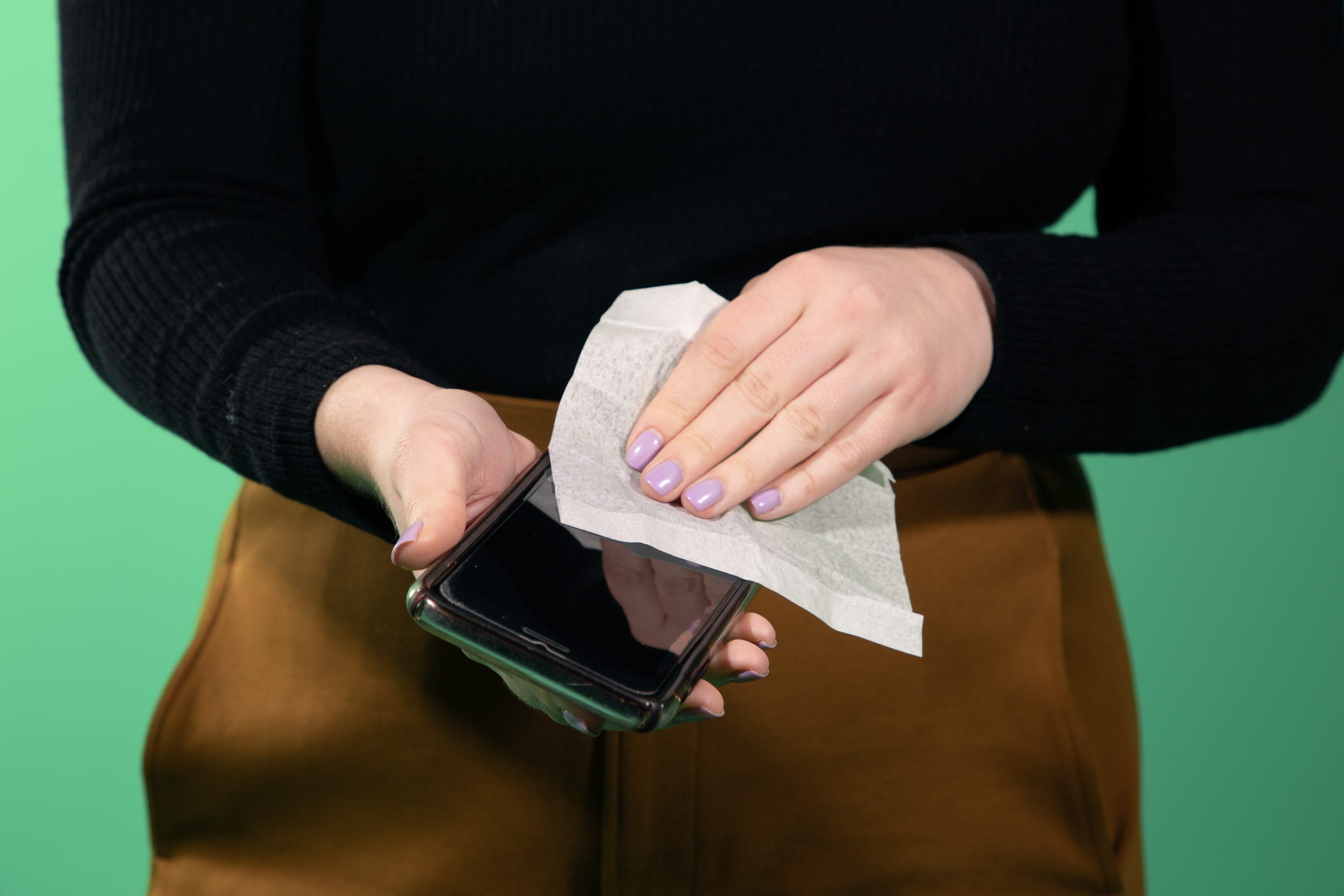
- Research from Australia’s national science agency suggests that the COVID-19 virus can survive on smooth surfaces for 28 days at room temperature.
- The study tested the virus on glass mobile phone screens, plastic and paper banknotes, and stainless steel.
- Researchers kept these surfaces in the dark during the study. UV light has been shown to kill COVID-19.
- Previous studies have suggested the virus lingers on these surfaces for seven days or less.
- Visit Business Insider’s homepage for more stories.
The COVID-19 virus can survive on phone screens for 28 days under laboratory conditions, longer than previously thought, new research from the Australian government’s science agency has found.
Researchers tested the virus on smooth surfaces such as glass phone screens and paper banknotes. They kept them in the dark at room temperature, around 20 degrees Celsius (68 degrees Fahrenheit).
They found the virus could survive for just under a month in these conditions.
UV light has been shown to kill COVID-19 in previous research.
The findings of the study, conducted by the Commonwealth Scientific and Industrial Research Organisation, were published on October 7 in Virology Journal.
Previous research suggested that SARS-Cov-2 survives on glass and bank notes for about two to three days, and lingers on plastic and stainless steel for six days at most. One study, published in The Lancet, suggested the virus suggests the virus can survive for seven days for stainless steel.
In the latest study, the virus did not survive on porous materials such as cloth past a 14-day period. In comparison, the flu virus can survive on these surfaces in the same conditions for 17 days.
The study also found that increasing the temperature reduced the survivability of the virus to as little as 24 hours at 40 degrees Celsius (104 degrees Fahrenheit) on some surfaces.
The US Centers for Disease Control says that a person can contract COVID-19 by touching a surface and then touching their mouth, eyes, or nose, but this is believed to be much less common that the virus spreading through close contact between people.
COVID-19 has killed more than 1 million people and infected more than 37.4 million. Cases are now on the rise at an increasing race, especially in Europe and South America.
